2011 Smart ForTwo
2011 Update: For 2011, the Smart ForTwo has been slightly refreshed. Under the hood, the 70 horsepower 1-liter three-cylinder engine and Smart’s “automated manual” five-speed transmission remain unchanged.
On the outside, the profile also hasn’t changed, but the front fascia has undergone minor cosmetic work to accommodate optional LED daytime running lights. Inside, there’s a new a three-spoke steering wheel, the dash has been restyled and features a redesigned instrument cluster, while two gauges—a tachometer and a clock—are now standard. Audio equipment has been updated with the standard system now including USB and auxiliary inputs plus, a new optional new multimedia system incorporates, navigation, audio, Bluetooth and an iPod interface. Manufacturer Suggested Retail Prices are: Pure coupe, $12,490; Passion coupe $14,690; Passion Cabriolet, $17,690.
If you’re thinking about buying a Smart ForTwo, you might also consider a Mini Cooper or a Honda Civic Hybrid.
There are two new Smart ForTwo pure electric versions for 2011, a coupe and a cabriolet. Also known as the Smart ED, the first delivery was made in January as part of a 250 nationwide lease pilot program. Smart.
For the near future, the company is also working jointly with Nissan on a four-seat, five-door hatchback Smart model that will land in the U.S. before the end of this year. That car will feature a manual as well as Smart’s current automatic transmission. A second line of products is also being developed jointly between Daimler and Nissan-Renault and could arrive mid-decade.
2010 Review
The Smart ForTwo is the most efficient gas-powered car sold in the US. (Hybrids, which run on a combo of gas and electricity, are the only cars that beat the Smart on MPG.) With a combined city/highway fuel efficiency rating of 36 mpg, the Smart ForTwo deserves at least a passing consideration from a green-leaning car buyer.
But while the Smart ForTwo is loaded with personality and has a few key advantages—mostly related to its low price and small size—it simply requires too many compromises in ride quality, safety, comfort and cargo space to make it the right solution for most drivers.
When Daimler brought the Smart ForTwo from Europe to the US in 2008, it seemed perfectly timed for $4 gas. Many auto reviewers embraced the Smart ForTwo as a sea change. Automobile Magazine said, “It’s about pure efficiency. It’s about taking up less real estate on the road and parking lot, using less foreign oil to commute back and forth to work and therefore producing fewer toxic emissions, and it’s about joining a new and growing awareness that our world isn’t a perpetual energy machine.” In fact, the Smart ForTwo’s tagline is: “Open your mind to the car that challenges the status quo.”
Early Novelty Points
Reviewers praised the diminutive car for its head-turning cuteness and a surprising amount of seating comfort (albeit for only two passengers). Road and Track said, “Interior space is far from a problem in the Smart ForTwo. Rather, it’s one of the new city car’s strong points.” Road and Track also praised the Smart ForTwo for its high seating position, good visibility, and Daimler-quality engineering.
For folks living in major urban centers, the Smart ForTwo was recognized as an antidote for the high-blood-pressure-time-wasting exercise of finding a parking space. You can’t beat the Smart ForTwo, which is both the smallest and shortest car on the road, for ease of parking.
Smart also earned brownie points for its innovative and efficient sales approach. Consumers order the car in advance through Smartusa.com by placing a $99 refundable reservation. The car is then shipped to one of 77 Smart dealers. There’s no stocking at the dealership unless a customer changes his or her mind when the car arrives—and “orphans” the order. (Inquire with a Smart dealer to see if they have any orphans on the lot.)
But the love affair with the novel ForTwo didn’t last long. Sales started slowing down in late 2008 (along with the entire auto market and the return of relatively low gas prices), and dealers began offering incentives to entice new Smart customers. Suddenly, what seemed like slight shortcomings of the Smart ForTwo became show-stoppers—pushing small car buyers back to more traditional subcompacts like the
Toyota Yaris, Honda Fit, Nissan Versa, Ford Focus—or for a bit more money, the more stylish and capable Mini Cooper.
Big Problems for the Small Car
The key to the Smart ForTwo’s high mpg ratings is its small 1-liter three-cylinder engine that delivers 70-horsepower. That might provide sufficient power for darting about town to run errands, but the Smart’s so-called “automated manual” five-speed transmission, controlled by a single, computer-controlled clutch, is a big problem. Like most reviewers, Bloomberg News said, “The transmission…is so lousy it verges on being a deal breaker…While other manufacturers talk about shifts that take 10ths of seconds, this one feels like tens of seconds.” ConsumerGuide Auto echoed the sentiment: “Acceleration is sluggish from a stop and is plagued by annoying bogging and surging at every shift whether transmission is in manual or automatic mode.” The New York Times quipped, “You could practically squeeze a half-inning of baseball into the maddening delay between the release of one gear and the engagement of the next.”
Reviewers almost unanimously said the ForTwo’s small engine fails to provide adequate highway passing power. Handling and braking received equally low scores. You have to wonder how you would fare with the ForTwo on streets so heavily populated with big pickups and oversized SUVs. The wind from larger automobiles passing by at higher speeds sways the tiny ForTwo, challenging the car’s directional stability and forcing the driver to course-correct.
Despite a decent safety record in Europe and Canada, where the Smart ForTwo has been sold for years, the small car raises safety concerns for most passengers. Daimler tried to correct those issues by using a rigid construction and full-size airbags, innovative crumple zones, specially designed safety seats, seatbelt pretensioners—as well as a hydraulic dual-circuit braking system enhanced with ABS and electronic brake force distribution, plus ESP electronic stability control to keep it pointed in the right direction in slippery situations. The Smart ForTwo even has a hill start control to prevent rolling back when taking off from a steep grade.
Safety might be a matter of perception, although hybrids have consistently earned top rankings from the Insurance Institute for Highway Safety and the National Highway Traffic Safety Administration—while the Smart ForTwo has performed poorly.
Despite its shortcomings, city dwellers will be drawn to the Smart ForTwo. The ForTwo’s most promising habitat is the smaller, secondary metropolitan areas (think Berkeley, California; Madison, Wisconsin; Providence, Rhode Island), where mid-size and compact vehicles roam in abundance, the driving style is less aggressive, and the mindset favors the liberal side.
Coupes in base-level Pure trim come standard with manual windows and mirrors and a fold-flat passenger seat. No radio. Up-level Passion coupes add air conditioning, panoramic fixed sunroof, alloy wheels, and power windows and mirrors. Cabriolets come in Passion trim only, and include a power soft top with a heated glass rear window. The Cabriolet’s top system is slick, well conceived, and sturdy—and use first-rate materials, but commands a $3,000 price premium over the Passion coupe.
Prices are Manufacturer Suggested Retail Price (MSRP) at time of publication and do not include destination charges, taxes or licensing.
Become an AutoGuide insider. Get the latest from the automotive world first by subscribing to our newsletter here.
More by Larry E. Hall



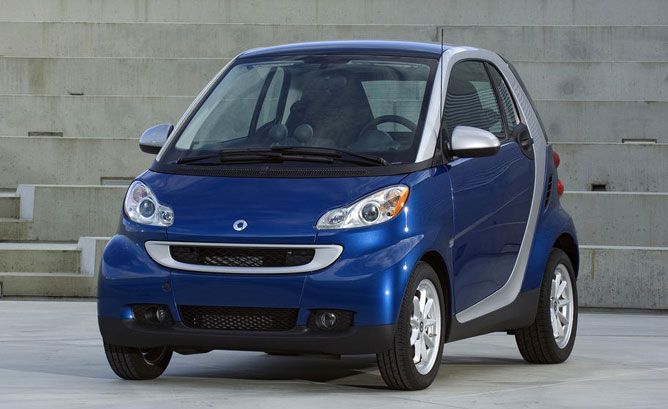















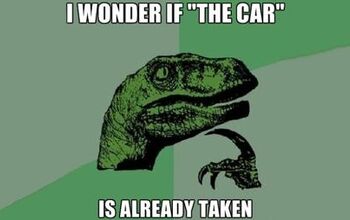

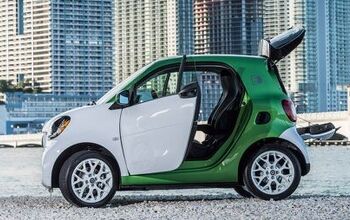
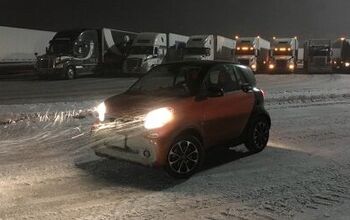

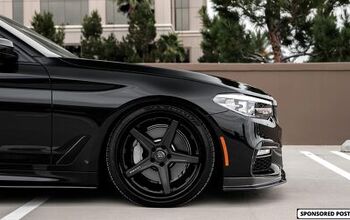

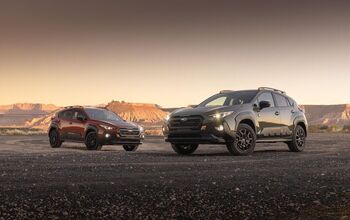
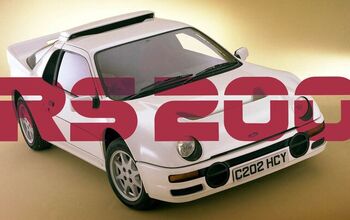
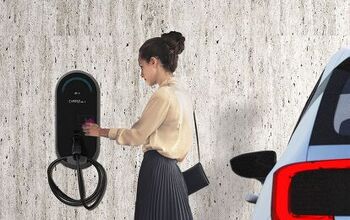


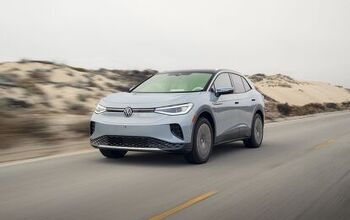

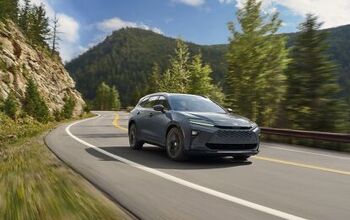
Comments
Join the conversation